When choosing wood oil, it is difficult to know what is best and what is the most suitable for your project. Below we have the ultimate guide to the different wood oils and what will be the best option for your wood.
Wood oil treatment creates a finish on wood and can come in a variety of colours. It can be used for interior and exterior use to create a lovely shine and enhance the natural grain of the wood. Wood oil works by soaking deep into the timber to create a barrier and sealant that offers protection.
Table of Contents
What is the correct Wood Oil Finish?
To choose the correct wood oil finish, this will depend on several factors so we have split this into several easy sections for you to follow as you will need different treatments for different projects.
- Wood Oil for Floors – This explains how you can use Stains and Colours
- Exterior Wood Oil – Learn the best for outdoor garden furniture and Decking
- What Wood oil is best for Kitchen Work Tops
- What Furniture wood oil you should use
- How to oil wood
What is the best Wood Oil for Floors?
Wood oil is often used on floors to protect from everyday wear and tear. It can create a barrier against moisture, making it water resistant and come in various colours to cover a wide range of different timbers.
We offer two main brands that offer a superb range of floor oils. The first is Osmo as they offer a unique, Polyx Oil in various tints. This is a fantastic hard wax oil stain that creates amazing results.

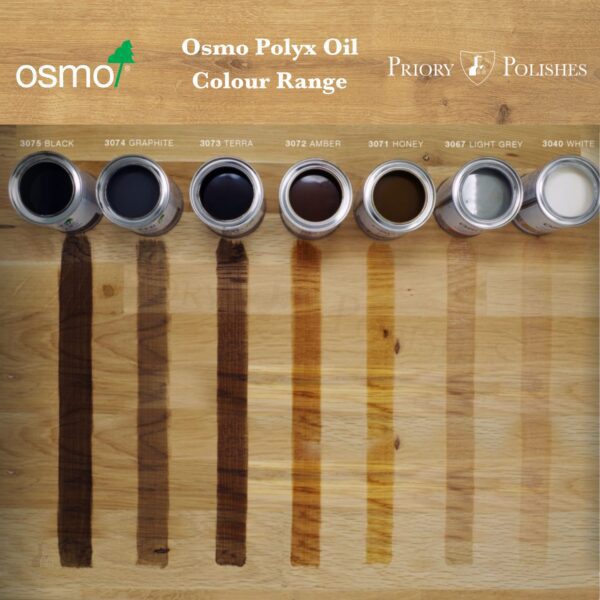

The second, is Fiddes Hard Wax Oil. This is made from natural ingredients and is used to maintain the natural colour of the wood floor but they also offer a selection of colours to create a decorative finish.
Both of these finishes offer an excellent durability and a high resistance to protect flooring. They help to create a water resistant layer that will protect against liquid spills and this finish will not crack, peel, blister or flake with use.
-
Product on sale
 Fiddes Hard Wax Oil Tints£10.91 – £69.00
Fiddes Hard Wax Oil Tints£10.91 – £69.00 -
Product on sale
 Osmo Polyx Oil Tints£11.80 – £99.90
Osmo Polyx Oil Tints£11.80 – £99.90
What is the best Exterior Wood Oil?
What is the best exterior Oil for Oak, Softwood or Hard Exotic woods? There is a simple you method can follow to choose the correct finish –
- For exterior Oak Use a Tung Oil
- For other exterior hardwoods use a Teak oil
- For exterior softwoods Use Danish oil
For garden furniture, such as outdoor benches, tables, chairs and wooden deckchairs, garden furniture oil can be used to protect against the elements. This will work for both softwoods along with hardwoods, but best to follow the guide above.
Liberon offer a Garden Furniture Oil that is a good all round product as it not only seals and protects the wood but also feeds and nourishes the timber. It also comes with the added benefit of UV protection that helps to reduce fading from sunlight.
Osmo offers an amazing product called UV-Protection. This is a clear, satin oil that will help to stop swelling and shrinkage of your wood as it treats the timber with a micro-porous solution. Applying two coats to untreated outdoor furniture provides a significant barrier of protection against weathering and everyday use. This can also be used on other outdoor areas such as garden sheds, summer houses, doors and window frames.
-
Product on sale
 Osmo UV Protection Oil Extra – 420 Clear Satin£11.80 – £79.56
Osmo UV Protection Oil Extra – 420 Clear Satin£11.80 – £79.56 -
Product on sale
 Osmo Garden Furniture Oil – 1 LitreOriginal price was: £36.58.£28.82Current price is: £28.82.
Osmo Garden Furniture Oil – 1 LitreOriginal price was: £36.58.£28.82Current price is: £28.82. -
 Liberon Garden Furniture Oil – Clear – 1 Litre£18.99
Liberon Garden Furniture Oil – Clear – 1 Litre£18.99
For decking we would highly recommend Osmo decking Oil as this offers a long lasting protection for wood decking. Most decking comes ready tanalised but this is not enough for heavy weathering. Decking oils will usually offer further weatherproofing and will enhance the finish. It will help to stop the wood from warping and offer some dirt resistance. It is also easy to maintain as only one coat is usually required every 12 months to further protect and enhance.
-
Product on sale
 Osmo Decking Oil – All Colours£11.80 – £68.05
Osmo Decking Oil – All Colours£11.80 – £68.05
What is the best Furniture Wood Oil?
What is the best Furniture wood oil? There is a simple method you can follow below –
- For surfaces coming into contact with food you should use a Pure Tung Oil
- For humid areas like kitchens and bathrooms, use a finishing oil or Danish oil.
- For children’s toys, use a Tung oil, finishing oil, teak oil, Danish oil or Raw Linseed oil.
- For soft wood furniture like pine use a finishing oil or Danish oil
- For Hardwood furniture use a finishing oil, Tung oil or Teak oil.
Probably the best ‘all rounder’ is Liberon Finishing Oil as it is used on most interior furniture to create a natural finish and sheen. It produces a hard-wearing water resistant finish and you can create either a matt, satin or gloss finish depending on how many of coats of oil are applied.
Pure Tung Oil is a quality natural, non-toxic oil for wood surfaces. It offers a resistant barrier to water, alcohol and food acids so is ideal for surfaces used in food preparation. It’s perfect on solid Oak dining table tops along with kitchen worktops.
Teak Oil is made from a mixture of Tung and Linseed oil, so this is ideal for exotic oily woods like Rosewood, Iroko, rosewood or Teak. Some come with UV filters so will protect from fading if your furniture is near any windows.
Danish Oil is probably the most well known and used when it comes to oiling furniture. Danish oil works best on bare unfinished woods as it has a fast drying formula and offers a high quality superior finish.
-
Product on sale
 Liberon Superior Danish Oil£8.99 – £34.99
Liberon Superior Danish Oil£8.99 – £34.99 -

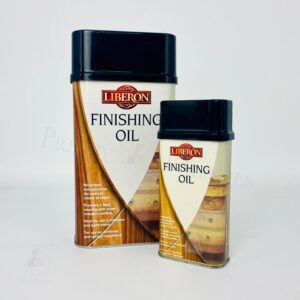 Liberon Finishing Oil – For a Water Resistant Finish.£8.99 – £19.99
Liberon Finishing Oil – For a Water Resistant Finish.£8.99 – £19.99
-

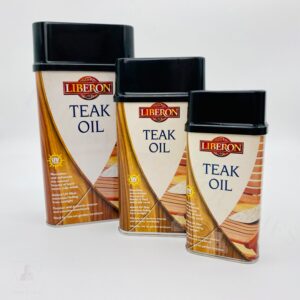 Liberon Teak Oil with UV Filter£8.99 – £16.99
Liberon Teak Oil with UV Filter£8.99 – £16.99 -

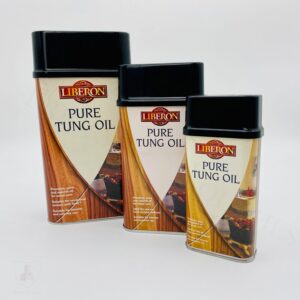 Liberon Pure Tung Oil – Ideal for Exterior Oak£9.99 – £24.99
Liberon Pure Tung Oil – Ideal for Exterior Oak£9.99 – £24.99
Wood oil for Kitchen Work Tops
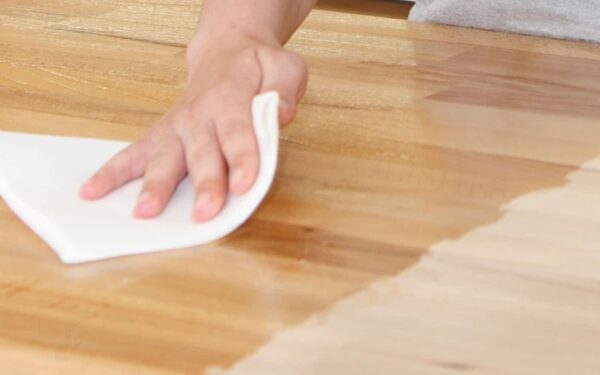



Worktops do get a lot of wear over time, being used for food and drinks, so it is essential you protect them. Work top oils offer protection against bacteria and also feed and nourish the timber. They help to prevent the worktop from drying out and splitting and most are clear so bring out the natural beauty of the wood. Once they dry, the finish is safe for humans, animals and plants so this is perfect when working around food. The two main brads that offer are Osmo top oil and Rustins worktop oil. Osmo top oil is the best quality but you do pay a premium for this. In my opinion for a work top you do want to get the best possible finish as they do get a lot of wear over time.
-
Product on sale

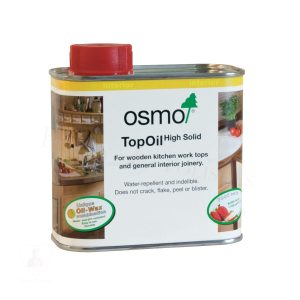 Osmo Top Oil – 500mlOriginal price was: £28.44.£22.40Current price is: £22.40.
Osmo Top Oil – 500mlOriginal price was: £28.44.£22.40Current price is: £22.40. -
Product on sale


 Liberon Superior Danish Oil£8.99 – £34.99
Liberon Superior Danish Oil£8.99 – £34.99 -

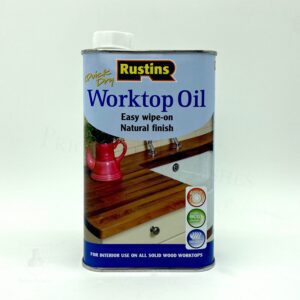 Rustins Quick Dry Worktop Oil – 500ml£14.99
Rustins Quick Dry Worktop Oil – 500ml£14.99
How to Oil Wood Correctly
- Before applying any oil to your wood, it is important to ensure you remove any old finishes by stripping or sanding back to the bare wood.
- Once the surface has been prepared, always test a small area to ensure you are happy with the oil and finish it has to offer.
- Apply the oil using a good quality soft brush or rag in the direction of the grain of the wood.
- Always apply thin straight coats of oil and leave to dry between applications. .
- After application, ensure you wipe off any excess with a lint free pads or cloths.
- You usually need to leave to fully dry between coats for around 24 hours before re-applying.
- To work out how much oil is needed, use this simple method. After each application has dried, apply a small droplet of wood oil on an inconspicuous area and see if it soaks into the wood. If the oil sits on the surface, it is fully treated but if it soaks into the wood, more layers of oil will be needed.
What are the Benefits of an Oil finish?
Most wood oils are made from natural ingredients so is more environmentally friendly than other wood finishes. Oil is one of the simplest ways to treat wood as it is so easy to apply and maintain. It also provides long term protection for your wood that is water resistant so it ideal to protect against food and water spillages. They can also be used as a sealant before applying wax finishes. Oils will cover most woods –
- Danish Oil will work on Ash, Beech, Pine and Oak
- Linseed Oil works on Cedar, Pine, Mahogany and Maple
- Tung Oil works on Mahogany, Maple, Oak and Walnut
- Teak Oil works on Mahogany, Rosewood, Teak and Bamboo


I hope this guide has helped show the different oil finishes and what is best. If you have experience using these oils we would love to hear your comments below. Or if you require any help or guidance please feel free to either comment or email us, as we are always here for advice.

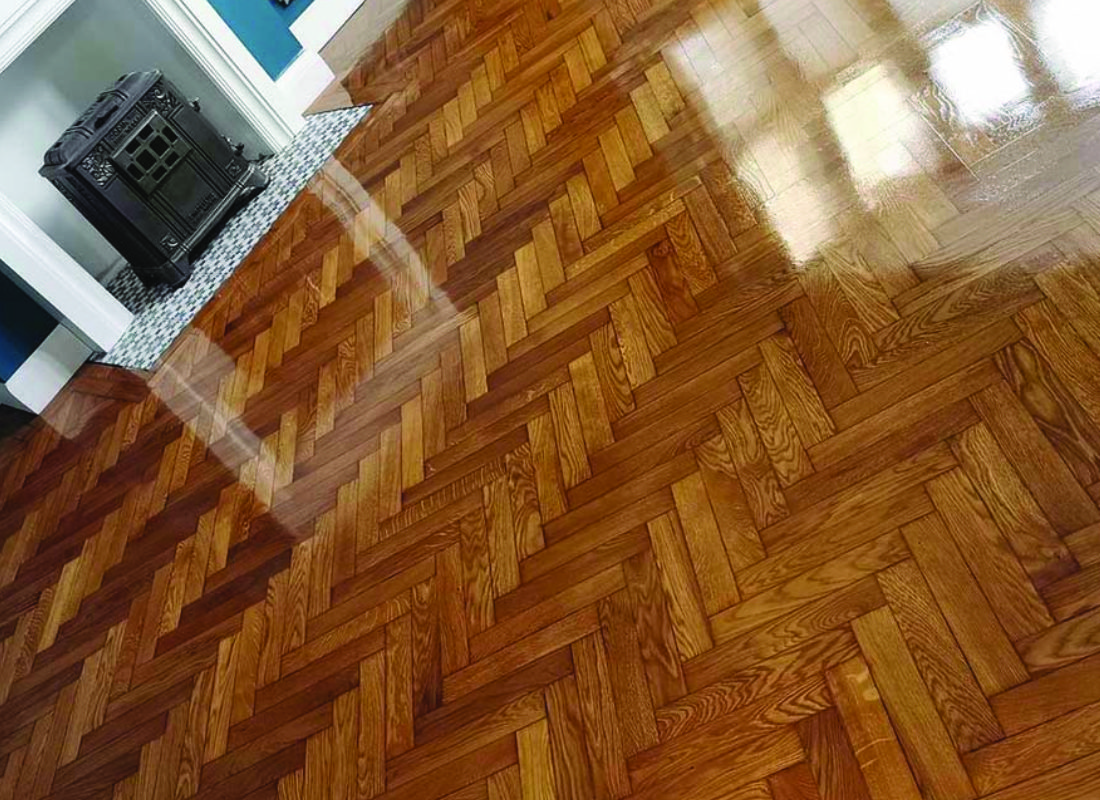

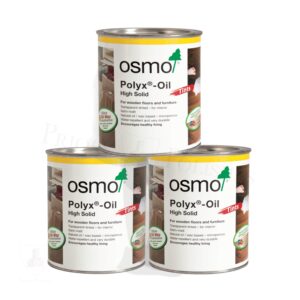
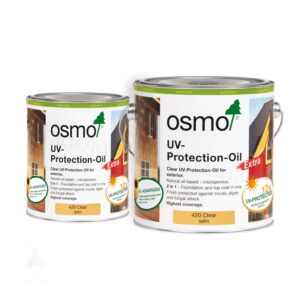

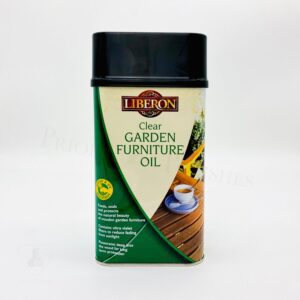
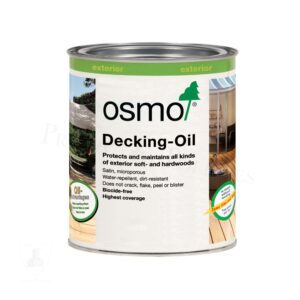
9 Comments. Leave new
Very informative, thanks. I am currently working with some spalted sycamore and was wondering if Danish oil will do it justice?
Hi Pat,
For this we would recommend using Osmo Polyx Oil in a Clear because this will give you the best finish.
I hope this helps 🙂
We are aiming to use products that are as natural as possible. Are OSMO and Rustin the same in this regard? Someone suggested to me that Rustin creates a more robust finish – but I wonder if maybe they just used more coats than the OSMO surface they were comparing with. Please say more about OSMO being the top quality – how so?
Hi
Most Osmo products are made from natural plant ingredients so this will probably be the most natural product. With the robustness, it will depend on what product you choose, but we find the Osmo oils to be very robust as long as you add enough coats and follow the instructions correctly.
I hop this helps
James
I have oiled a beech worktop and had to do it three times from scratch.
After the first time a house guest was quite unable to contain water splashes and we found out the finish was not thick enough. This first time had wiped it on very sparingly as per instructions with a rag and done four subsequent coats.
I stripped it and next time applied two coats with a brush and two with a rag, still not thick enough to seal it properly with water marks appearing a few weeks later into the wood. Annoying!
Sanded again with P80 for the third time and started afresh.
Finally this was successful found that it is best to completely ignore the advice on the packaging and internet and apply with with a small foam paint roller. Leave that to dry for 8 hours (non heated house in winter) and repeat the process. Leave that for 24 hours and then sand it very lightly with 400 grit and wipe on the final coat. This gives an extremely uniform glass like feel and look to the product once set.
Everyone comments how beautiful the worktops look and they are fully and spill proof, finally.
Three months total time !
The product does dry out slightly on curing so while the water test might be accurate after application, it isn’t enough protection after its fully dried out.
Final tip, place the can into a pan of hot water for 5 minutes before you use it to make sure all the wax is fully dissolved before use.
What oil could I use on Redwood Spruce (slow grown).. ? Thanks
Hi Steve,
Thank you for your message, For exterior spruce you could use two products. You can use Osmo UV Protection oil and this also comes in different tinted colours. These are both transparent finishes so you can see the grain visible.
You could also use Osmo Country Shades. This is a new product and comes in many different shades
Osmo Country Shades – Air
Osmo Country Shades – Earth
Osmo Country Shades – Fire
Osmo Country Shades – Water
Osmo country shades offer a more opaque finish but this offers the highest UV protection.
With both these products it is highly recommended to pre treat your wood with WR Base Coat and an End Grain Sealing Wax as with softwoods like Spruce, it will help to further protect against wood rotting fungi, wood staining fungi and wood destroying insects. It will also help to stop any shrinkage, splitting and swelling of the wood.
I hope this helps
James
What is the best product for huge round pine ceiling beams, 20 to 24 inches in diameter.
They have been in place for 15 years and have never been treated with anything.
Thanks,
Byron
Hi Byron
Were you looking for a water-resistant finish or a more natural waxed finish?
Many thanks
James